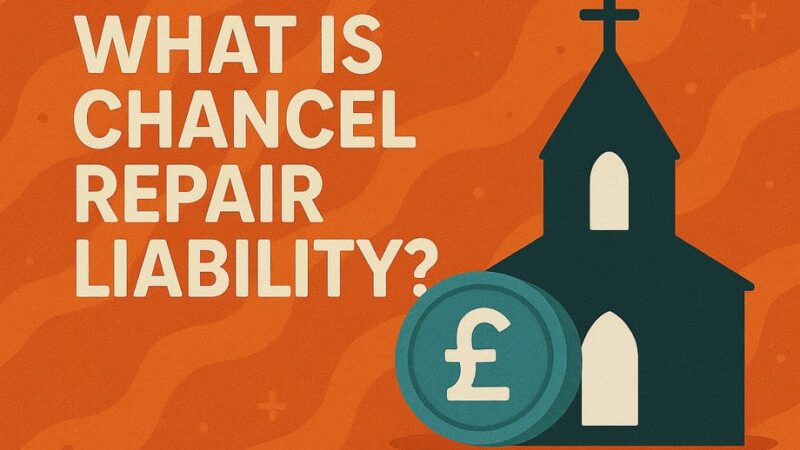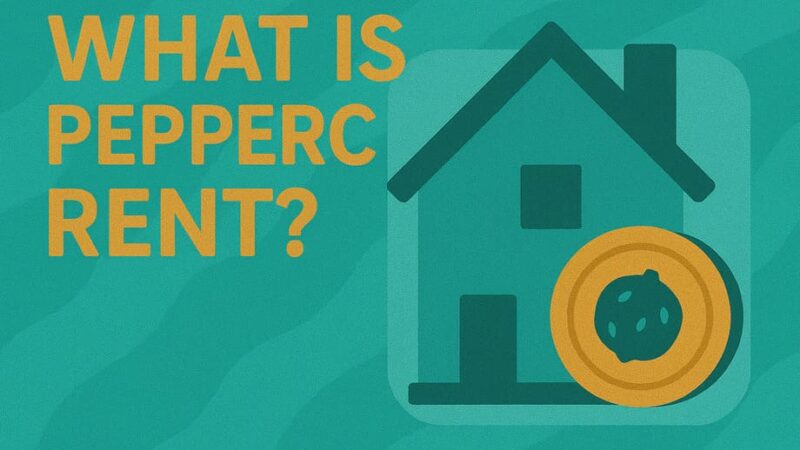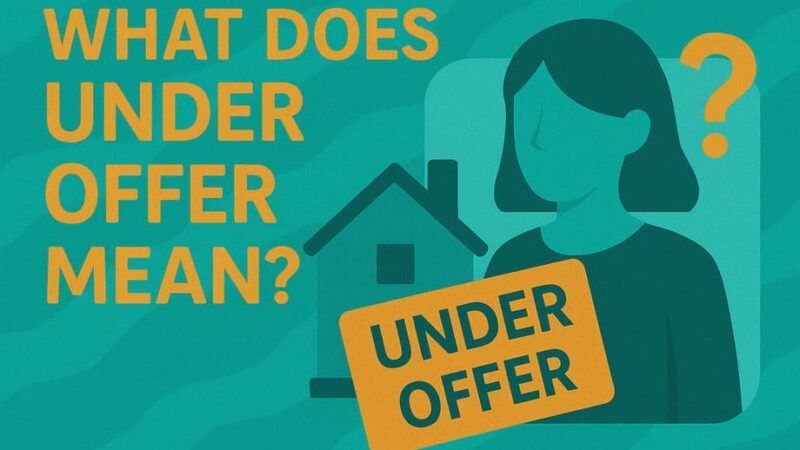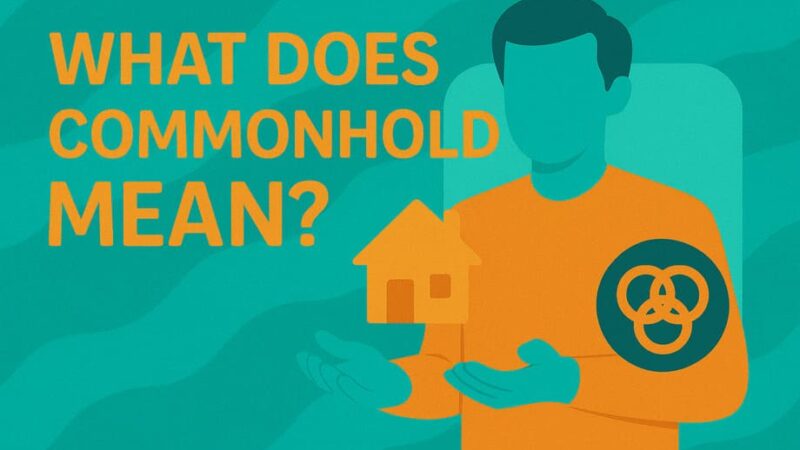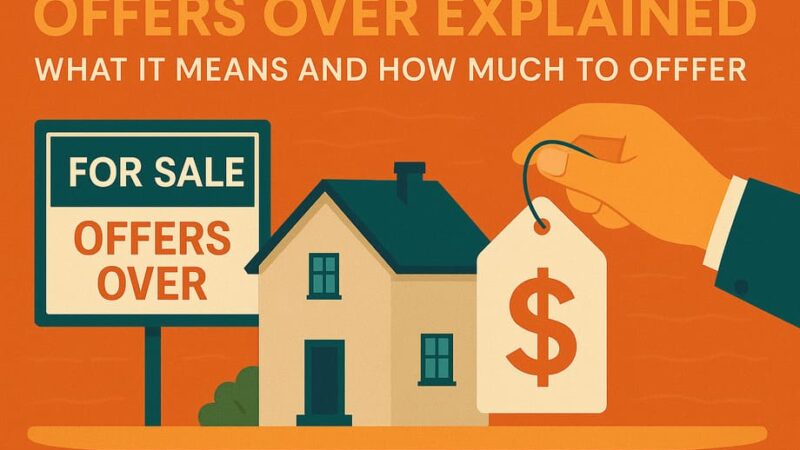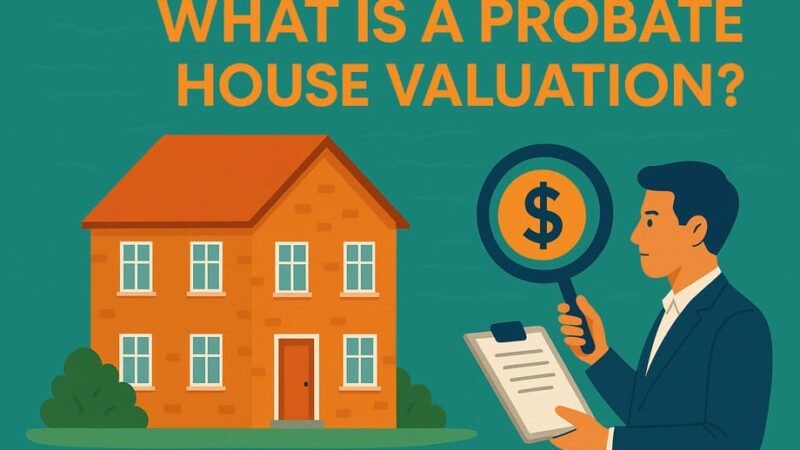What is Shared Ownership and how does it work?
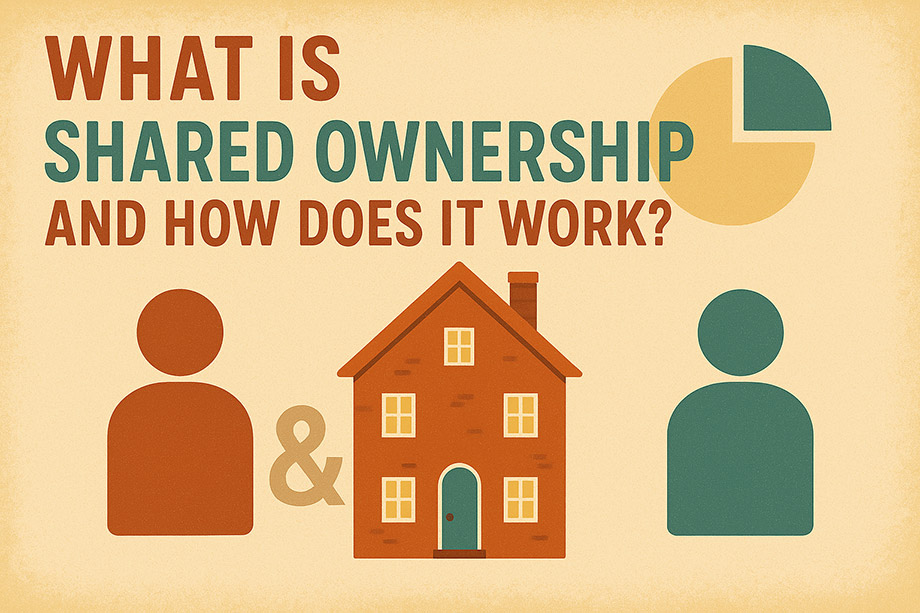
If you’re looking for a more affordable way to buy a home in the UK, shared ownership might be something to consider. To make a smart decision, it helps to understand the shared ownership pros and cons UK-wide. This guide explains what shared ownership is, how it works, who can apply, and the main benefits and drawbacks to keep in mind.
Table of Contents
What is Shared Ownership?
Shared ownership is a scheme that helps people buy a home without needing a full mortgage. Instead of buying 100% of a property, you buy a share of it, usually between 25% and 75%. You then pay rent on the part you don’t own. This makes owning a home more affordable, especially if saving for a full deposit feels out of reach.
How Does Shared Ownership Work?
With shared ownership, you get a mortgage for the share of the property you buy. You pay rent on the remaining share, which is owned by a housing association or developer. Over time, you can buy bigger shares in your home, a process called staircasing, until you own it completely if you want.
For example, if a home costs £200,000 and you buy 40%, you mortgage £80,000 and pay rent on the other 60%. The rent is usually lower than normal market rates but can go up each year. Also, many shared ownership homes are leasehold, so you’ll need to pay service charges for things like maintenance.
Am I Eligible for the Shared Ownership Scheme?
Shared ownership is mainly aimed at people who can’t afford to buy a home outright. Typically, you must:
- Be a first-time buyer or someone who used to own a home but can’t afford to buy now
- Have a household income below a certain level, usually under £80,000 outside London or £90,000 in London
- Use the property as your main home
Different housing associations may have their own rules, so it’s worth checking local details before applying.
The Pros and Cons of Shared Ownership
Pros
- You need a smaller deposit and mortgage, so it’s easier to get on the property ladder.
- Monthly payments are often cheaper than renting privately.
- You can buy more shares later, eventually owning 100% of the home.
- It helps people who can’t afford full homeownership right away.
Cons
- You still pay rent on the part you don’t own, which can increase over time.
- You may face restrictions on making changes or selling the property without permission.
- Additional costs like service charges can add up.
- Selling the property can be more complicated because the housing association has a say.
Conclusion: Is Shared Ownership Right for You?
Shared ownership offers a way into homeownership that’s more affordable for many people in the UK. It has clear benefits but also some challenges to consider. By weighing the shared ownership pros and cons UK-wide, you can decide if this path suits your financial situation and future plans. If you think it could work for you, start by researching local schemes and getting advice to understand the details.
Last Updated on July 29, 2025 by James Cartwright


